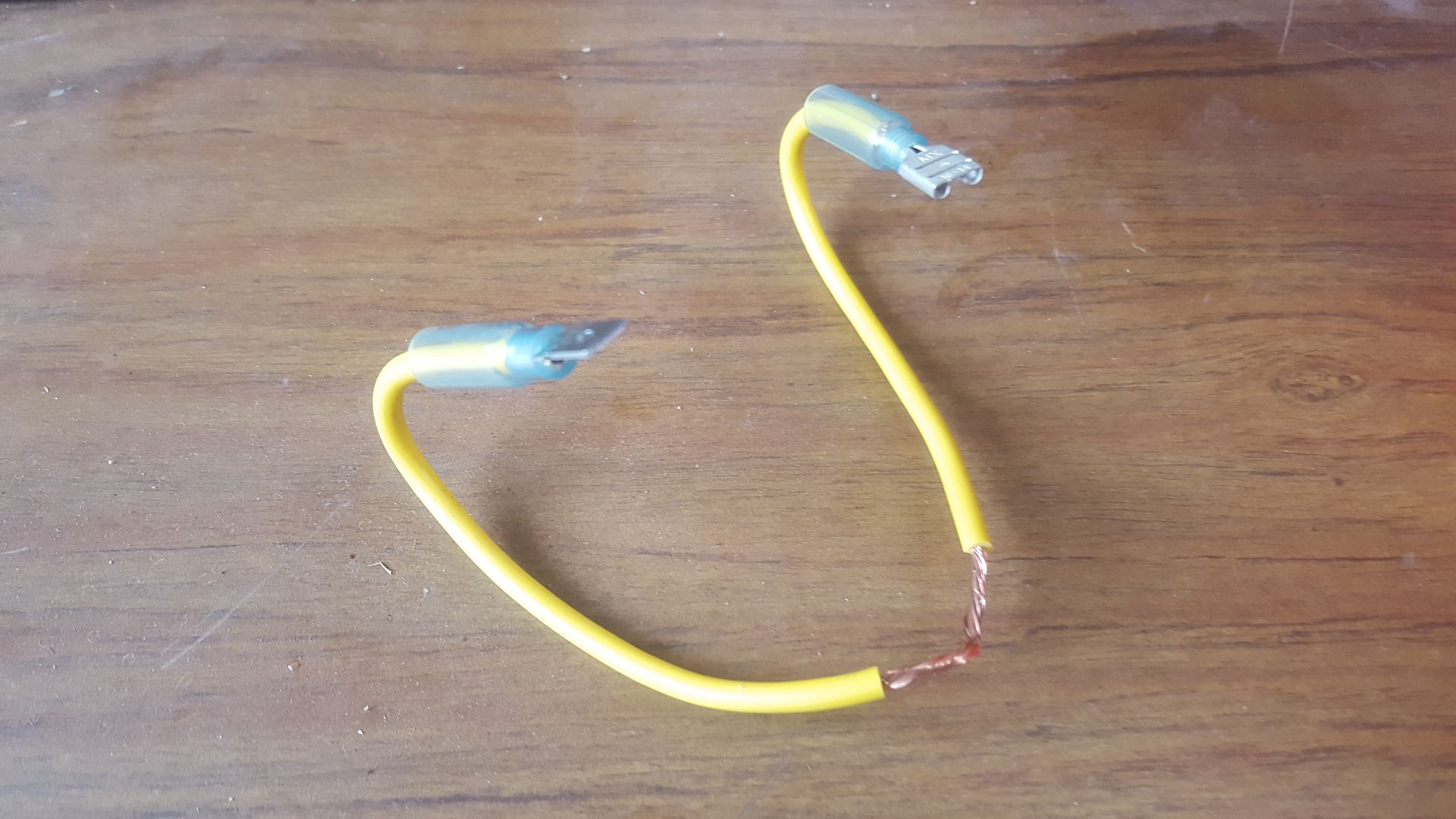sriddle1
Silver Member
- Joined
- Apr 2, 2014
- Messages
- 229
- Location
- SW New Hampshire
- Tractor
- ACTIVE: JDX730 DAYS GONE BY: JD3010, JD790, JD425
what I'm trying to do... which is write a resume, in preparation for an upcoming job interview/test on Tuesday.
Add a few beers in the mix and golly does my mind wander...
dieselcrawler, WOW, Been There Done That many a time........The difficulty, taking each and every skill mix you have, both (HR Type) Personnel Interaction i.e., individual contributor or Heavy Team Player + Formal or Technical Education, practical skills, then, recognizing the Company's Specialties and the Job Posting, create a hit list and address each and every theme or technical area in paragraph form down the line. The Bullet lists resumes are for speed readers but having meat (verifiable facts) will make the difference. I use to do a search on the Company and find people's resumes that were either working in the area or previously, LinkedIn profiles to also helped ...Wish you well.............
Yes, the mind does wonder but Margaritas (multiples) + Jalapeno & Cheese Nachos (extra hot) burns right thru that, just be sure you partake a couple days in advance before any Interviews, etc., due to the after effects it might present........OUCH :fiery:

